elemintalshop
Marianne with Lion's Head Bodice & Rice Stalks French Indochina 1 Piastre Authentic Coin Money for Jewelry (Phrygian Cap) (France) (Vietnam)
Marianne with Lion's Head Bodice & Rice Stalks French Indochina 1 Piastre Authentic Coin Money for Jewelry (Phrygian Cap) (France) (Vietnam)
Couldn't load pickup availability
Marianne with Lion's Head Bodice & Rice Stalks French Indochina 1 Piastre Authentic Coin Money for Jewelry (Phrygian Cap) (Laurels) (France) (Vietnam)
Obverse: Marianne wearing Phrygian Cap (Liberty Cap) facing right, with Laurel Branches. On her bodice is a Lion's Head. The lion may symbolize the military power of Marianne in French Indochina (later, Vietnam).
Lettering: UNION FRANÇAISE
Translation: French Union
Reverse: Rice stalks, below denomination
Lettering: FÉDÉRATION INDOCHINOISE
1 PIASTRE
Translation: Indochinese Federation
Edge: Security edge or reeded
Features
Issuer French Indochina
Period French Union (1946-1958)
Type Standard circulation coin
Years 1946-1947
Value 1 Piastre (1 ICFP)
Currency Piastre (1880-1952)
Composition Copper-nickel
Weight 18 g
Diameter 35 mm
Thickness 2.5 mm
Shape Round
Technique Milled
Orientation Coin alignment ↑↓
Demonetized Yes
Number N# 4509
References KM# 32.1, KM# 32.2, Schön# 31
Wikipedia:
The French Union (French: Union française) was a political entity created by the French Fourth Republic to replace the old French colonial empire system, colloquially known as the "French Empire" (Empire français). It was the formal end of the "indigenous" (indigène) status of French subjects in colonial areas.
The French Union was established by the French constitution of 27 October 1946 (Fourth Republic). Under it, it was said that there were no French colonies, but that metropolitan France, the overseas departments, and the overseas territories combined to create a single French Union, or just one France.
The goal of this union was "assimilation of the overseas territories into a greater France, inhabited by French citizens, and blessed by French culture". Whereas the British colonial system had local colonial governments which would eventually evolve into separate national governments; France wanted to create a single government under a single French state.
This French Union had a President, a High Council and an Assembly. The President was the President of the Republic. The Assembly of the Union had membership from the Council of the Republic, from the National Assembly and from regional assemblies of the overseas territories and departments but ultimately had no power. The High Council ultimately met only three times, first in 1951. The Assembly was the only actually functioning institution that could manage legislation within the overseas territories.
In reality, the colonial areas had representation but all power remained in the French Parliament and thus was centralized. The colonies had local assemblies but these had only limited local power. Instead, various natives of the overseas territories in metropolitan France grew into a group of elites, known as evolués.
*****
WIkipedia:
Marianne (pronounced [maʁjan]) has been the national personification of the French Republic since the French Revolution, as a personification of liberty, equality, fraternity and reason, and a portrayal of the Goddess of Liberty.
Marianne is displayed in many places in France and holds a place of honour in town halls and law courts. She is depicted in the Triumph of the Republic, a bronze sculpture overlooking the Place de la Nation in Paris, and is represented with another Parisian statue in the Place de la République. Her profile stands out on the official government logo of the country, is engraved on French euro coins, and appears on French postage stamps. It was also featured on the former franc currency. Marianne is one of the most prominent symbols of the French Republic, and is officially used on most government documents.
Marianne is a significant republican symbol; her French monarchist equivalent is often Joan of Arc. As a national icon Marianne represents opposition to monarchy and the championship of freedom and democracy against all forms of oppression.
*********
Wikipedia:
The Phrygian cap (/ˈfrɪdʒ(iː)ən/) or liberty cap is a soft conical cap with the apex bent over, associated in antiquity with several peoples in Eastern Europe and Anatolia, including the Balkans, Dacia and Phrygia, where it originated. In first the American Revolution and then French Revolution, it came to signify freedom and the pursuit of liberty, although Phrygian caps did not originally function as liberty caps. The original cap of liberty was the Roman pileus, the felt cap of manumitted (emancipated) slaves of ancient Rome, which was an attribute of Libertas, the Roman goddess of liberty. In the 16th century, the Roman iconography of liberty was revived in emblem books and numismatic handbooks where the figure of Libertas is usually depicted with a pileus. The most extensive use of a headgear as a symbol of freedom in the first two centuries after the revival of the Roman iconography was made in the Netherlands, where the cap of liberty was adopted in the form of a contemporary hat. In the 18th century, the traditional liberty cap was widely used in English prints, and from 1789 also in French prints; by the early 1790s, it was regularly used in the Phrygian form.
It is used in the coat of arms of certain republics or of republican state institutions in the place where otherwise a crown would be used (in the heraldry of monarchies). It thus came to be identified as a symbol of republican government. A number of national personifications, in particular France's Marianne, are commonly depicted wearing the Phrygian cap.
******
Wikipedia:
French Indochina (previously spelled as French Indo-China), officially known as the Indochinese Union and after 1947 as the Indochinese Federation, was a grouping of French colonial territories in Southeast Asia until its demise in 1954. It comprised Cambodia, Laos (from 1899), the Chinese territory of Guangzhouwan (from 1898 until 1945), and the Vietnamese regions of Tonkin in the north, Annam in the centre, and Cochinchina in the south. The capital for most of its history (1902–45) was Hanoi; Saigon was the capital from 1887 to 1902 and again from 1945 to 1954.
The Second French Empire annexed Cochinchina and established a protectorate in Cambodia in 1862 and 1863 respectively. After the French Third Republic took over northern Vietnam through the Tonkin campaign, the various protectorates were consolidated into one union in 1887. Two more entities were incorporated into the union: the Laotian protectorate and the Chinese territory of Guangzhouwan. The French exploited the resources in the region during their rule, but also contributed to improvements of the health and education system in the region. Nevertheless, deep divides remained between the native population and the colonists, leading to sporadic rebellions by the former. After the Fall of France during World War II, the colony was administered by the Vichy government and was under Japanese occupation until March 1945, when the Japanese overthrew the colonial regime. After the Japanese surrender, the Viet Minh, a communist organization led by Hồ Chí Minh, declared Vietnamese independence, but France subsequently took back control of French Indochina. An all-out independence war, known as the First Indochina War, broke out in late 1946 between French and Viet Minh forces.
To counter the Viet Minh, the State of Vietnam, led by former Emperor Bảo Đại, was proclaimed in 1949. French efforts to reunite Vietnam were unsuccessful. On 22 October and 9 November 1953, the Kingdom of Laos and Kingdom of Cambodia proclaimed their respective independences. Following the Geneva Accord of 1954, the French withdrew reluctantly from Vietnam, which had been split into the two countries (until 1976), and French Indochina was no more.
*****
Wikipedia:
The symbol of the laurel wreath traces back to Ancient Greece. In Greek mythology, the god Apollo, who is patron of lyrical poetry, musical performance[a] and skill-based athletics, is conventionally depicted wearing a laurel wreath on his head in all three roles. Wreaths were awarded to victors in athletic competitions, including the ancient Olympics; for victors in athletics they were made of wild olive tree known as "kotinos" (κότινος), (sc. at Olympia) – and the same for winners of musical and poetic competitions. In Rome they were symbols of martial victory, crowning a successful commander during his triumph. Whereas ancient laurel wreaths are most often depicted as a horseshoe shape, modern versions are usually complete rings.
******
Wikipedia:
Rice production in Vietnam in the Mekong and Red River deltas is important to the food supply in the country and national economy. Vietnam is one of the world's richest agricultural regions and is the second-largest (after Thailand) exporter worldwide and the world's seventh-largest consumer of rice. The Mekong Delta is the heart of the rice-producing region of the country where water, boats, houses and markets coexist to produce a generous harvest of rice.
Rice is called ‘white gold’ in Vietnam and has a link to the Sanskrit name ‘Dhanya’ (meaning: "the sustainer of the human race"), the name given to Rice in India. In Vietnam, there is a folklore that is narrated on rice. According to the folk legend, in ancient times, rice was not produced but was summoned by fervent prayers by people. Rice would appear from the heaven in the form of a large ball in every house. On one occasion, a lady was sweeping the floor of her house as ordered by her husband to welcome the rice ball. The large rice ball landed in the house when the lady was still sweeping and it hit the broom and then broke into many pieces. Since then people of Vietnam had to work hard with their hands to grow rice.
Rice cultivation probably happened as a creation event between fifteen and eight thousand years ago. During this window rice has been prosperously grown in Vietnam, China, Madagascar, India, East Africa, South Carolina and many other locales. Unknown merchants and sailors likely made this into the rice commodity as it is known today.
Rice growing in Mekong Delta has an ancient history traced to the Khmer regime of the 18th century. It was taken over by the Vietnamese. However, the Cambodians still consider this area as "KamPuchea Krom or Lower Cambodia" not able to forget that they owned this area in the past. Cambodia even attacked Vietnam in 1978 to take control of the Mekong Delta. However, they were decisively defeated. This delta was the last part of the present day Vietnam that was annexed from Cambodia.
Its present status under the Vietnamese is, however, as a very large swathe of green carpet of rice paddy. This development is attributed to the French who colonized Vietnam in the middle of the 19th century with the basic objective of exporting rice grown in the delta to meet its large costs of colonisation. They developed a maze of canal system in the delta to grow three rice crops in a year.
During the World War II when the Japanese occupied Vietnam and exploited the rich delta by exporting rice to their country, it denied nearly several million Vietnamese of their basic staple.[5] While Vietnam was occupied by Japan, the Allies, especially the United States, often bombed roads, making the transport of rice from the south to the north extremely hard. Both France and Japan forcibly hoarded food from farmers to feed their troops, while the French administration was broken and unable to supply and distribute the food. The inadequate food supply caused the famine in Vietnam; starting with 1943, peaking in March–May 1945 and continuing till the end of Pacific war there was unprecedented starvation. Two million Vietnamese people were reported to have died of starvation which was attributed to the Japanese rule which was further compounded by unprecedented floods. In March 1945, Japan overthrew the French colonial administration and sponsored a semi-independent Vietnamese government, the Empire of Vietnam, headed by Trần Trọng Kim. While this government tried to alleviate the suffering, they were unable to make drastic changes because Japan maintained its wartime agricultural policies that reserved rice for military needs.
Rice production stalled in both parts of the divided Vietnam in the 1960s with Vietnam War inflicting great disruptions in acreage. South Vietnam in particular became an importer by 1965 but output did rise in the 1970s.
Share
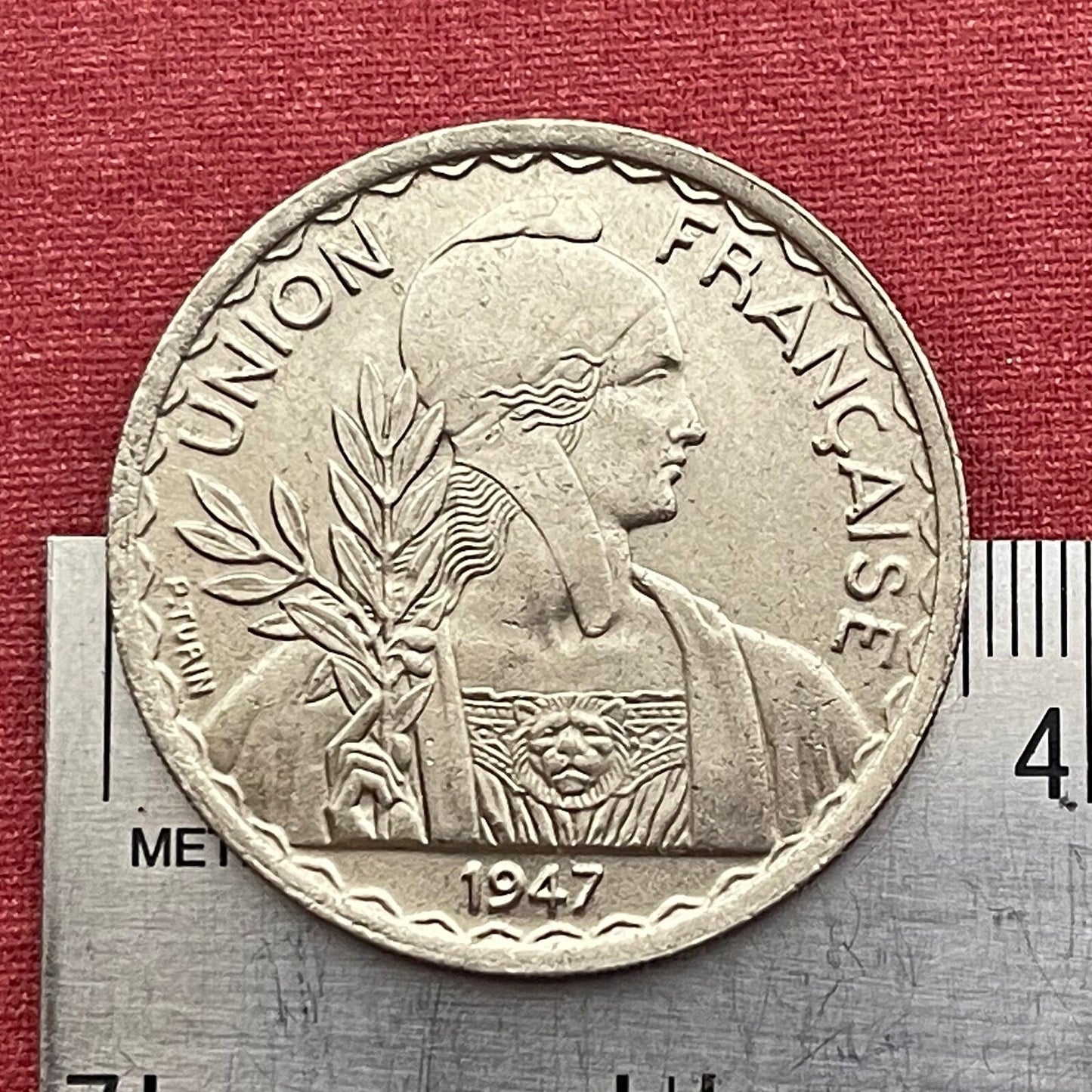
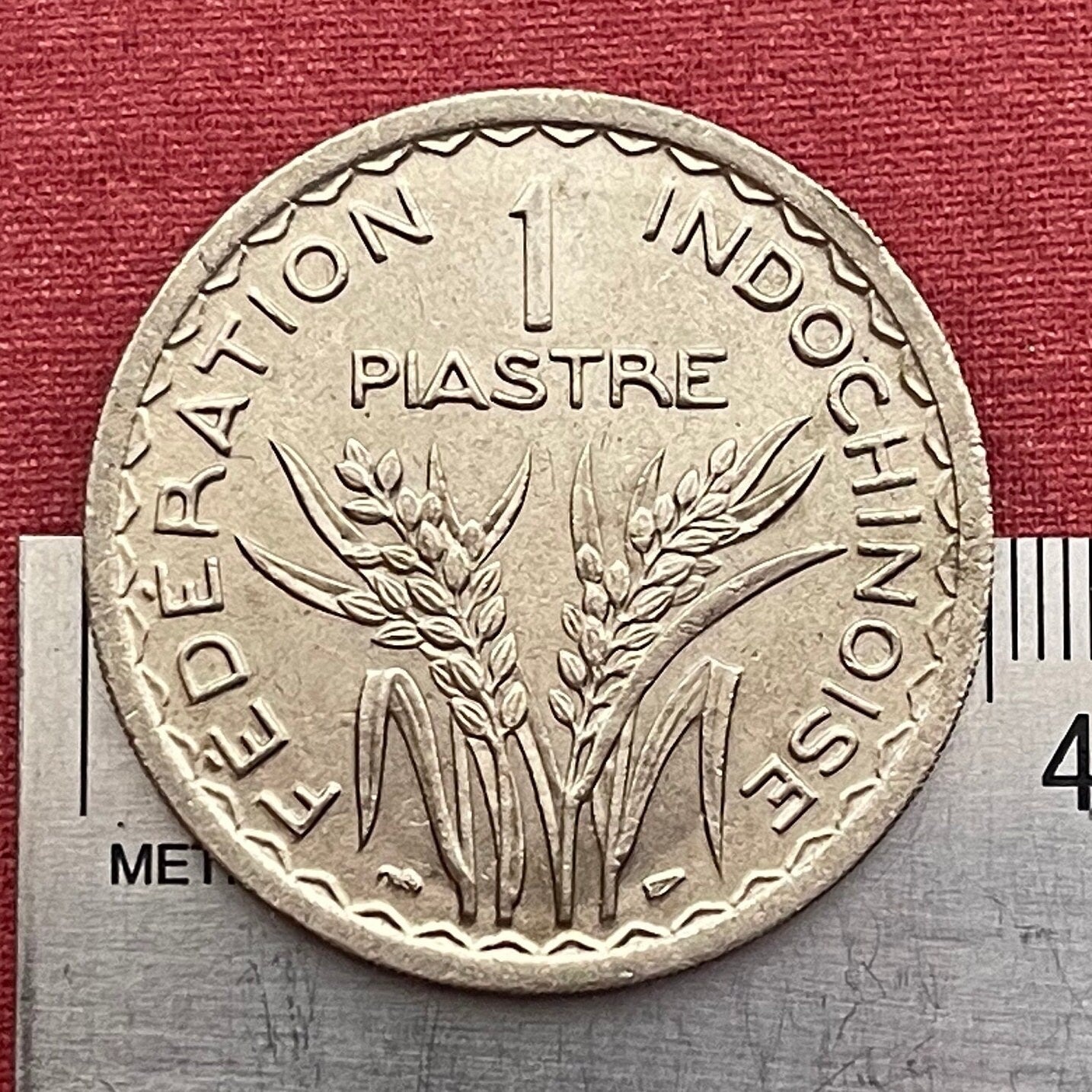

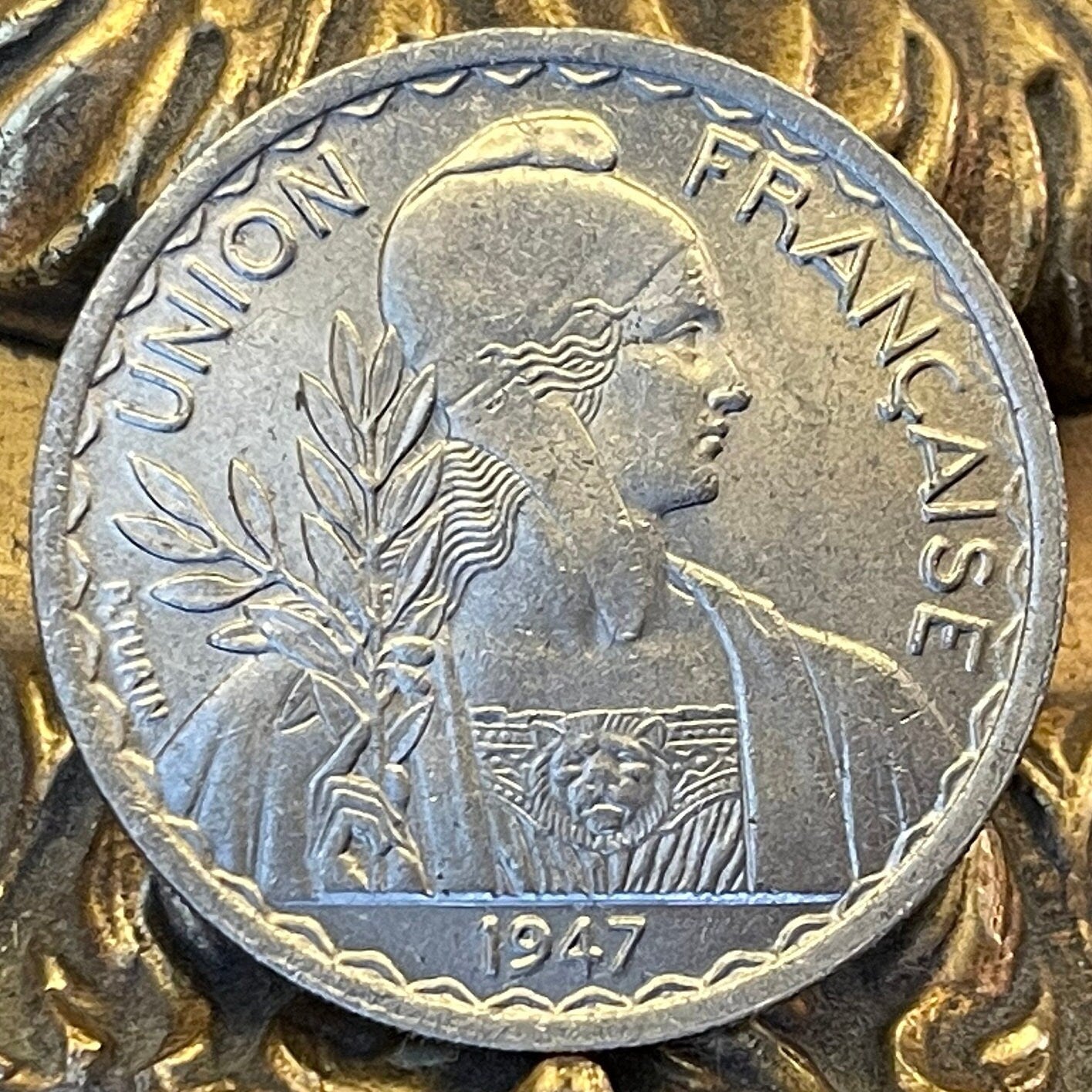

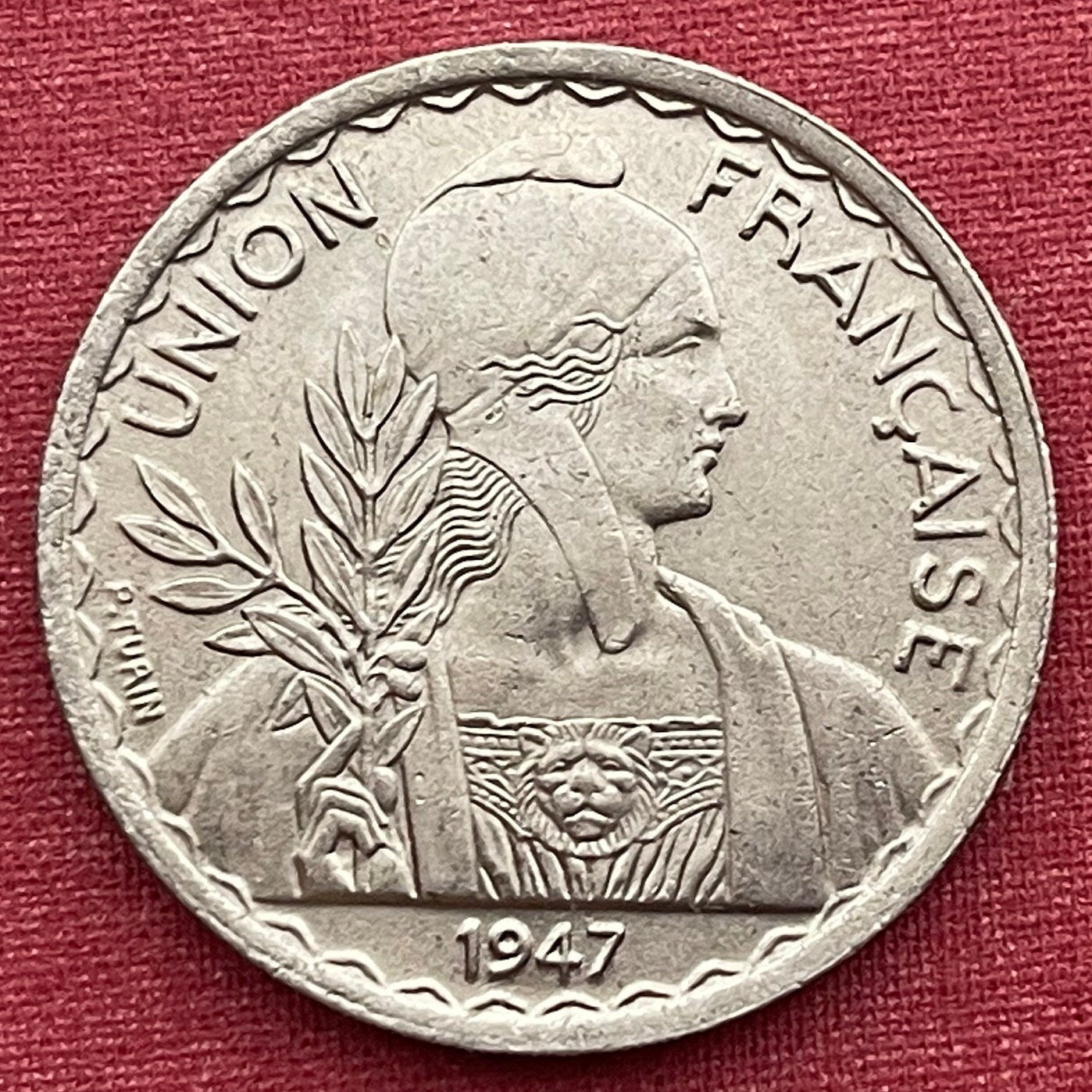

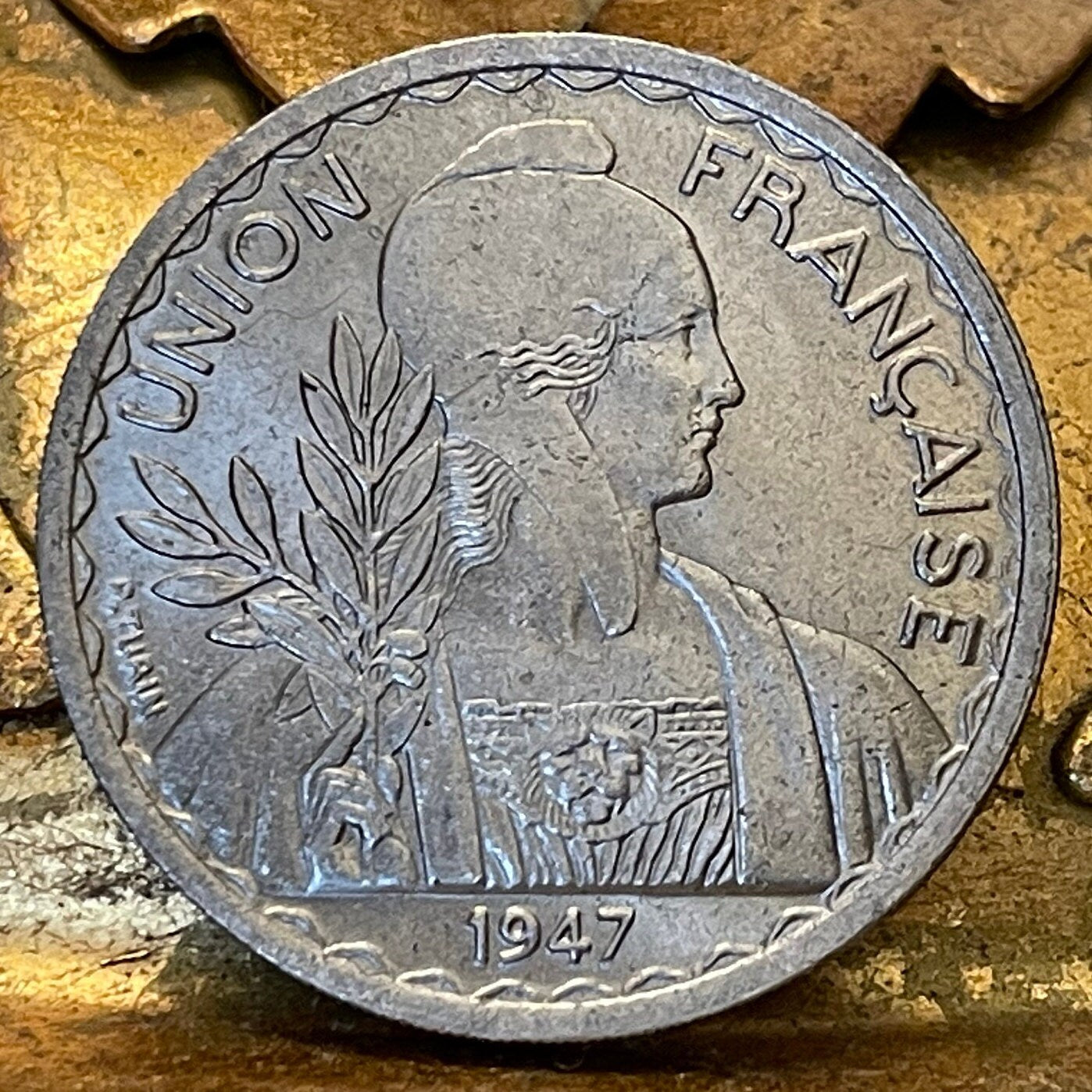

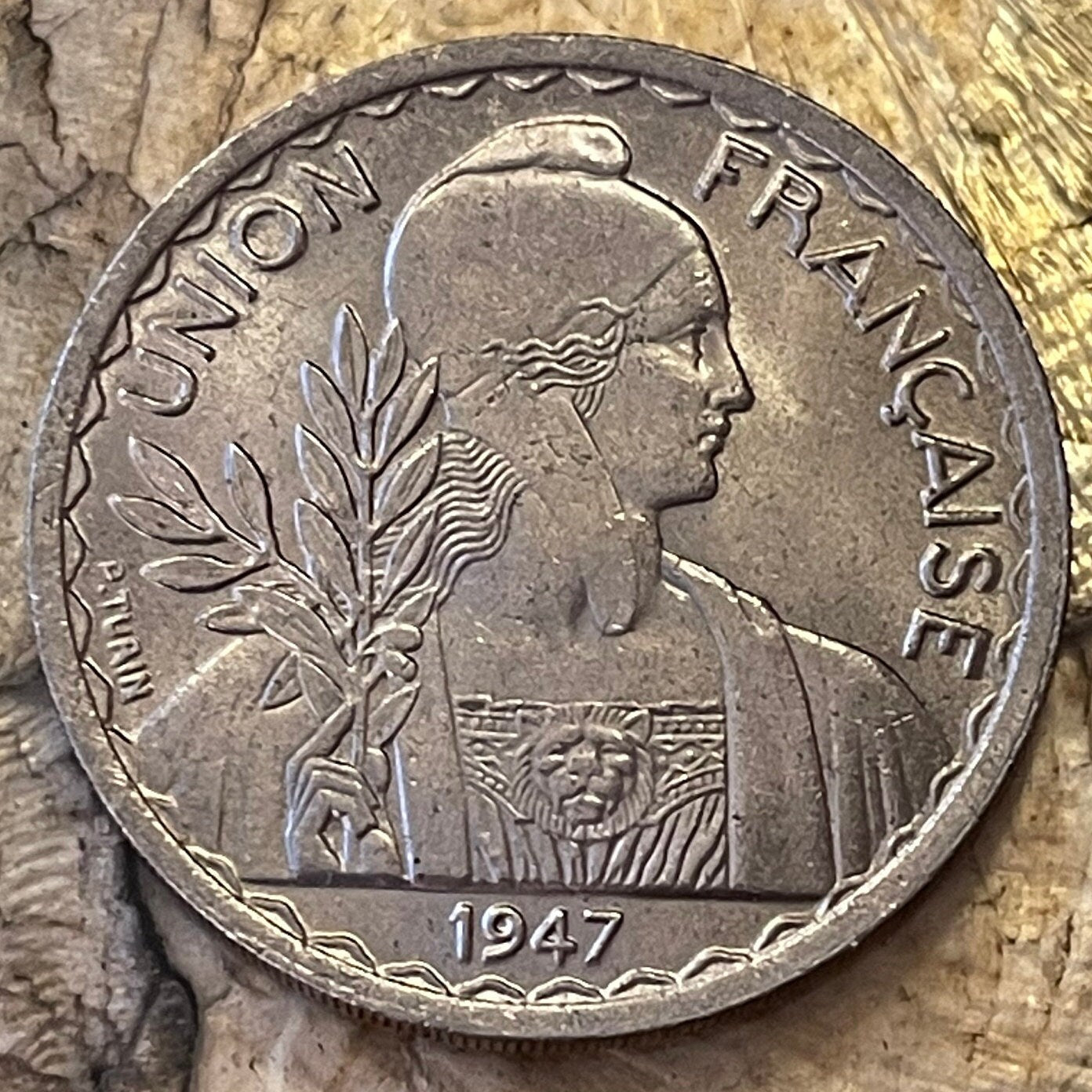
I suddenly became enamored with the idea of collecting piastres from Indochina. This is exactly what I wanted.Thank you for your excellent service?









